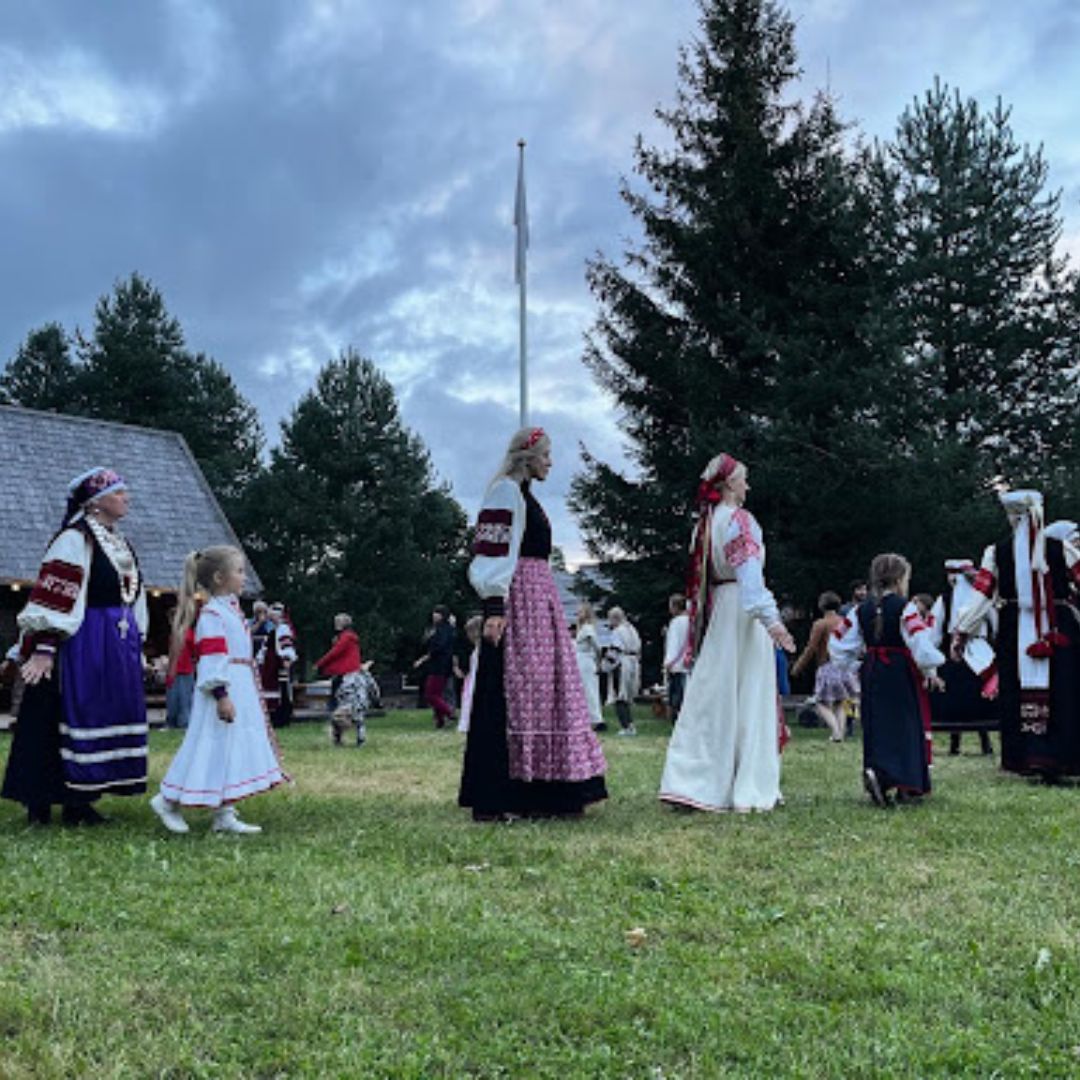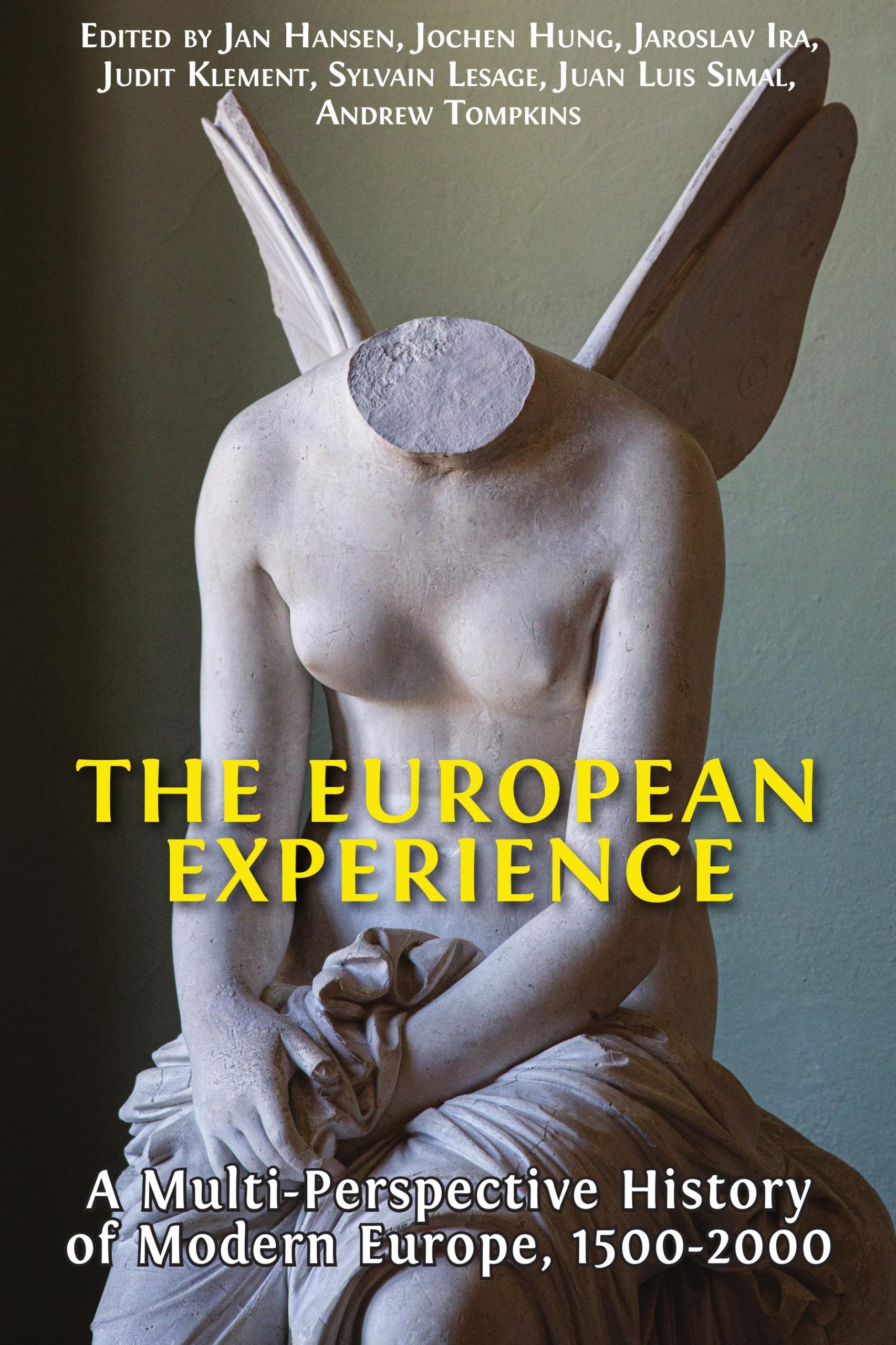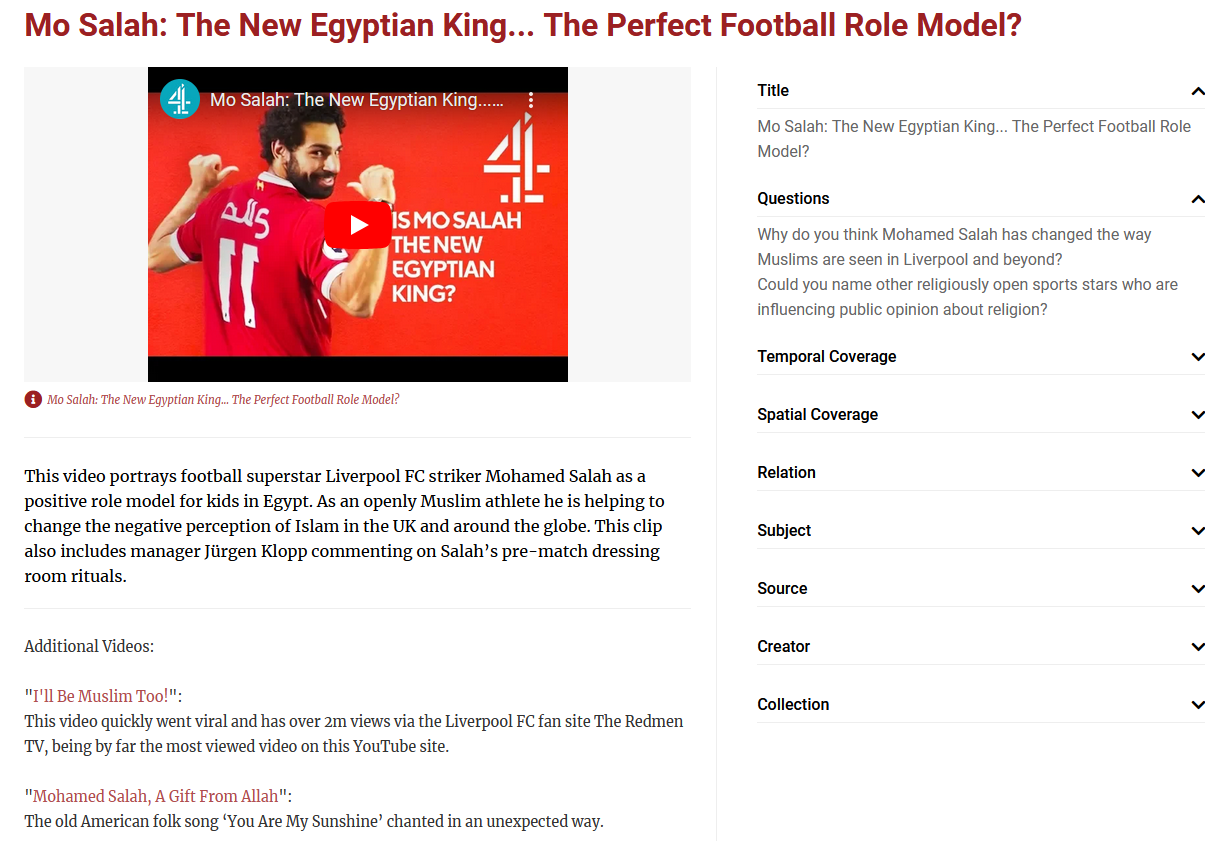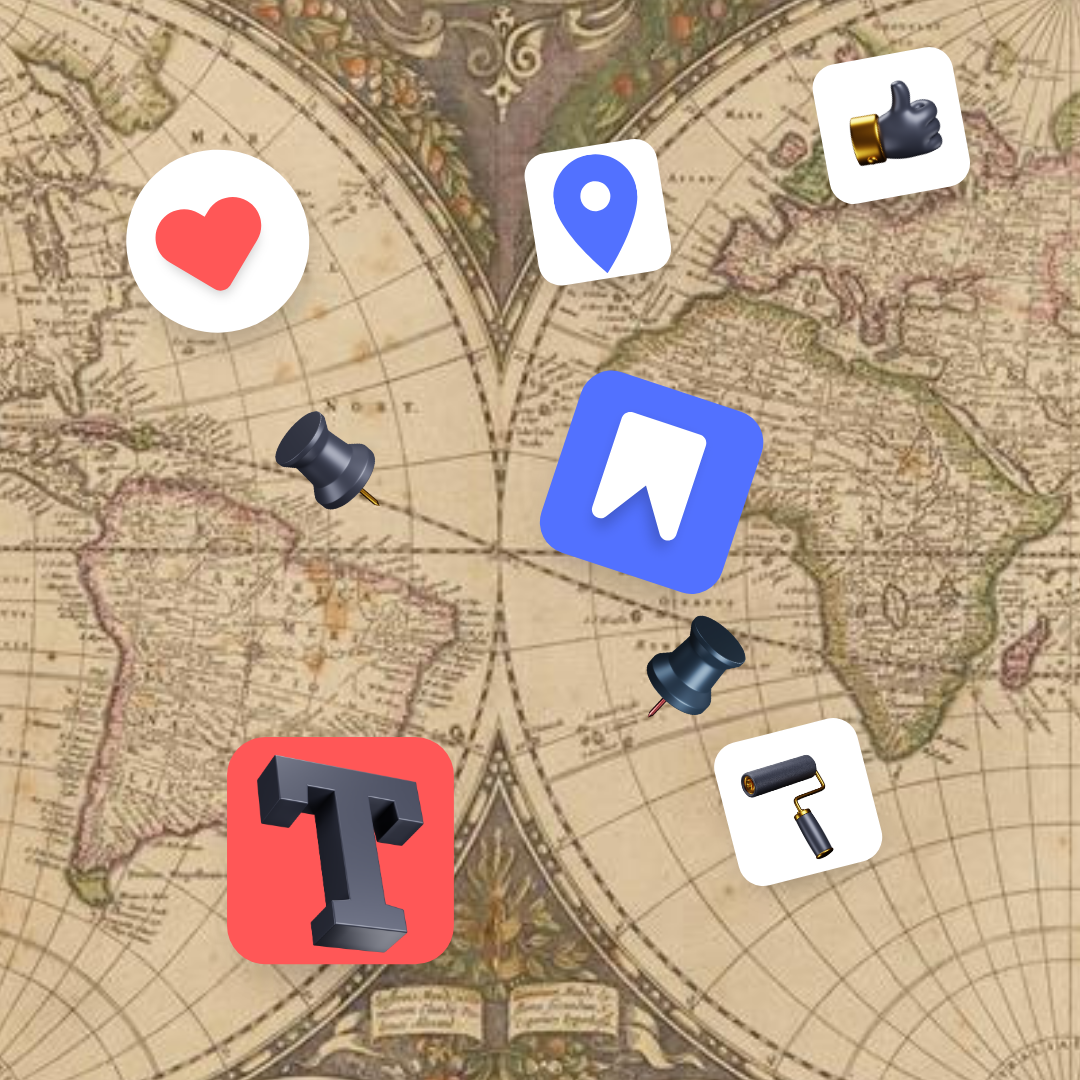Quite often, definitions of key concepts mean different things, both in the past and in contemporary times. Concepts such as democracy, justice, oppression, family, nation and victim all have different meaning for different people depending on individual experiences and contexts within which they live or have lived. This practice enables students to analyse and reflect upon concepts by means of a specific learning methodology.
The Practice
A problem in many classrooms today is that whenever students ask for a definition of a concept, they receive a ‘ready-made’ definition that will be tested during the exam. The problem with that is that quite often, understanding of concepts varies per student and therefore confusion is created. The practice presented here aims at teaching students that key concepts, i.e. concepts that are central in public debate and private life, often are multi-layered and understood differently by different individuals and groups. This kind of thinking about key concepts gives the students a tool for analysis, reflection and active participation in public as well as private talks and discussions.
The practice is structured into multiple steps, and each is supposed to build on the previous step. When creating the concepts, teachers should take into consideration the age and the level of understanding of students. A suggestion for teachers when developing the curriculum would be to focus on concepts that can be defined from multiple perspectives and would not be dependent only on students’ knowledge (and therefore they can use individual experiences and reflections) When using the CLEAR method, teachers should allocate several days or at least hours in order to give students time for discussion.
During the first step of the activity, students are working independently by writing down central elements of a definition of a concept based on their personal understanding. They should think about what this definition means for them, whether those definitions are negative or positive.
Following this activity, students are then put into groups of two. During this discussion, students are meant to compare and their answers and reflect on the diversity in their perspectives and definitions.
During the third step, the students are divided into larger groups of students working with the same concept.. Since the groups should not be too big, it is fine if there are multiple groups of the same concept. When groups are formed, discussion on the concept commences between the students. The most ideal outcome is that the students discuss the different meanings of the chosen concept and identify and analyse the similarities and differences. On a large piece of paper, students are meant to reflect those diversities by clustering various definitions together. At this stage the students should also find out what their concept have meant in the past. For example, the word democracy meant something else in ancient Greece than today, and family today is quite different than family in the Middle Ages. If necessary, students could also during this step introduce a drawing component on the large piece of paper. This is because not all students are comfortable with an oral discussion and some might prefer to draw out the definitions.
During the next step, students are asked to present their concept to the class, highlighting the difficulties and the discussions they had about the concept.
Obstacles and lessons learned
It might seem that the practice would be too advanced for certain groups of students, however it is very flexible when it comes to planning, or differences in students’ learning abilities. If, for example, the third step is too demanding, it can be avoided all together. Another point to focus on is that it is necessary that the students understand from the beginning that focus is not placed on a final definition. Instead, the aim is to recognize how different aspects affect and make the understanding of the concept. While the practice allows students to discuss the concepts themselves in small groups, it is necessary for the teacher to be present and prevent destructive disagreements and exclusion among learners. Teachers also need to ensure that in case of limited time, that each student is given time to talk.
In case teachers plan on using the method over a longer period of time, it could be challenging for students to find time to meet outside the classroom, whether in person or online. You may want to be flexible about how this arranged and work with the students’ schedule. Since it takes time to do the research, reflect, write up notes and then read or listen to the ideas of others. Ideally, there will be at least one week allowed for this process.
The effect of the practice
The core principle of this practice is to use learner’s own understanding of the concepts under exploration as a starting point of the learning process. In this way, the learners are to bring knowledge into the learning process and at the same time, while simultaneously giving a platform that allows for self-reflection which shows how interpretation and understanding of concepts is dependent on socio-cultural backgrounds. Teachers also have commented that they themselves are able to learn from the practice. A key benefit of the CLEAR method is the sharing of different perspectives across learners. A diversity of background among learners facilitates this but diversity is not only insured by involving learners across different sites. Even within the same classroom there can be considerable diversity (cultural, ethnic, socio-economic, gender, family background) that helps to ensure an interesting exchange.
About the interviewee
Lise Kvande is an associate professor in social studies and history didactics at the Department of Teacher Education, NTNU in Trondheim, where she has been employed for the last ten years. She has worked in several international projects. This presentation is about one of them.
Background to the project
The project was initiated by three researchers from conceptual history and history didactics in 2009. The project idea was to develop a new methodology for learning and analysis of key concepts.
In 2010 Bundeszentrale für Politische Bildung in Bonn offered financial support and the project was developed further through cooperation between teacher educators from several countries and their students. The participants became a focus group within NECE – Networking European Citizenship Education. The project was named CLEAR: Concept Learning for Empowerment through Analysis and Reflection. The methodology has been practised by learners og different age groups from secondary school to practising teachers.
Additional Information
For more information and how to implement the practice in your classroom, you can visit the website: https://www.clear-project.net
Written by Lena Martinovic (EuroClio) based on input provided by Lise Kvande (NTNU) in the Hague and Metlika on July 23, 2018.





